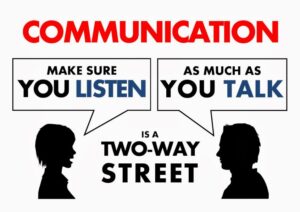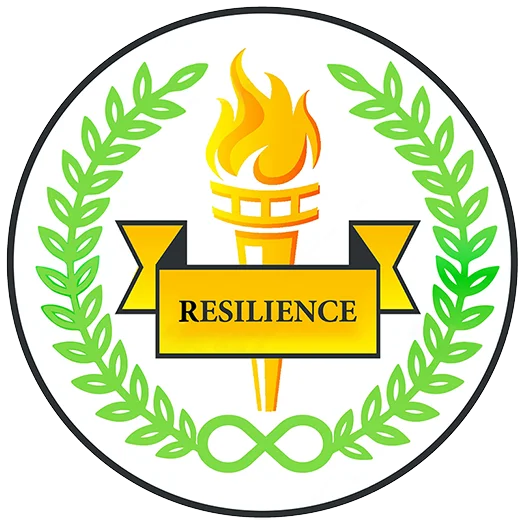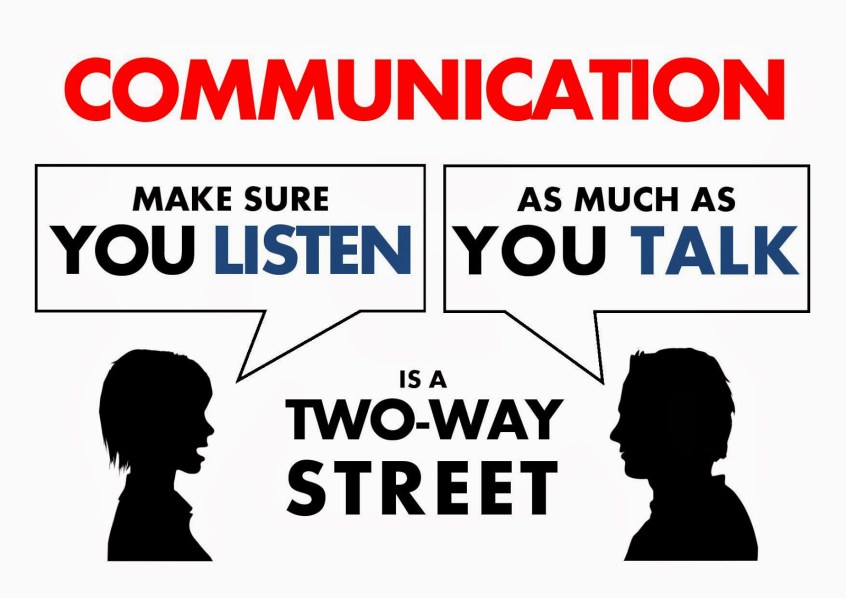Communication is an important aspect of any relationship. You know the saying: communication is key! What is it about communication that can damage a conversation? What key elements produce healthy communication?
Here are a few helpful tips:
- Identify that communication is a two-way street.
- Recognize the way you communicate.
“It’s not what you said, it’s how you said it,” said millions of spouses throughout every generation in history.Ever hear that communication is only 10% of what is said? The other 90% is how the other person interprets the words. Of course, there are other elements that make up communication, such as tone, fluctuation, and body language — just to name a few. How can we have effective communication between all parties?Think for a moment about how children are conditioned to communicate: use your words! At first, the jumble of adult words are ignored because children are not capable of understanding language. Instead, they learn the importance of tone and volume. As we grow older, we learn the meaning behind our words, and children can interpret more complex and diverse words. We eventually learn the art of speaking and how to use it to convey thought and emotions.So, how does this all play into miscommunication then? It is easy for words to be received differently than how the speaker intended, especially in today’s society where there are multiple communication methods. The options for communication mishaps can happen face to face or through a letter (does anyone even write those anymore?). It can also come in the form of email, text messages, and social media posts. With a text message, it’s often difficult to gauge if someone is angry, joking, or passive, with only their word choice and punctuation available for context.There is a better way to establish and build a solid foundation for practical communication. How can you express yourself to make sure your message is clearly understood? More importantly, how can we better equip ourselves to receive communication?
-
Be positive
 It’s true you cannot control the actions of others, but you can control your reaction to them. Just think: if everyone was committed to perceiving information in a positive and healthy way, how many arguments would be prevented? How many mix-ups can be avoided?
It’s true you cannot control the actions of others, but you can control your reaction to them. Just think: if everyone was committed to perceiving information in a positive and healthy way, how many arguments would be prevented? How many mix-ups can be avoided?It starts with you! Control your reactions. Choose your vocabulary and be positive in your interpretations. And if you take away only three words from this blog, listen, listen and listen. See our previous blog post here to read more about coping with anxiety and stress. For more resources, this article provides additional information about miscommunication.

Most of us wait to talk rather than actually listen to what the other person is saying. Try to practice active listening and ask questions instead of waiting to voice your side of the discussion.

